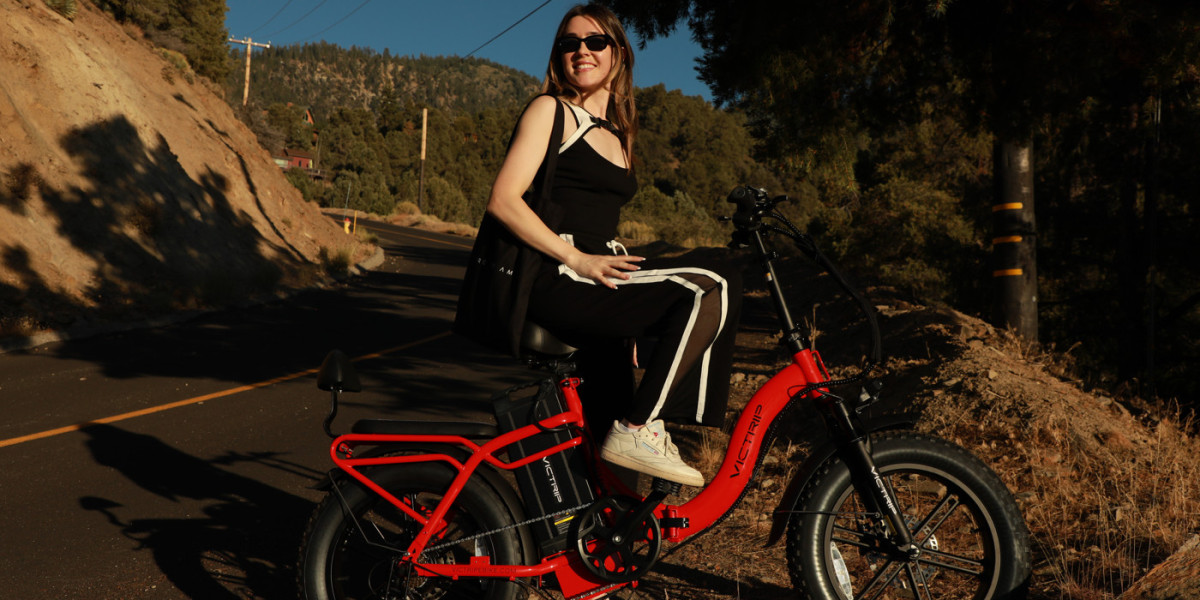City commuting has evolved significantly over the past decade. Traffic congestion, parking scarcity, and rising fuel costs make daily commutes a stress-inducing experience for many urban residents. This is where electric bicycles, or e-bikes, step in as a game-changer. Offering a blend of convenience, efficiency, and environmental friendliness, e-bikes are revolutionizing urban mobility. In this comprehensive guide, we explore why an electric bicycle may be the best way to commute in the city.
Introduction: Why City Commuting Is Changing
Urban commuting has never been more challenging. With city populations soaring and traffic congestion worsening, traditional transportation methods often fall short. Public transit systems can be crowded and unpredictable, while personal vehicles contribute to emissions and require costly parking. These factors have led many commuters to seek alternatives that are fast, affordable, and environmentally friendly.
Electric bicycles provide a practical solution to these problems. They combine the benefits of traditional cycling with motor-assisted power, making commuting less physically demanding while still promoting exercise. E-bikes have rapidly gained popularity across Europe, Asia, and North America, especially among professionals and students looking for flexible mobility solutions.
What is an Electric Bicycle?
An electric bicycle is essentially a standard bike equipped with an electric motor and a battery. This motor can assist with pedaling, making it easier to cover longer distances or tackle hilly terrains without exhausting the rider. E-bikes come in various types, from pedal-assist systems to throttle-controlled models, each offering unique advantages depending on your commuting needs.
Pedal-Assist vs Throttle-Control
Pedal-assist e-bikes require the rider to pedal, while the motor provides additional power, making rides smoother and less strenuous. Throttle-controlled e-bikes, on the other hand, allow the rider to engage the motor using a throttle, similar to a scooter. Pedal-assist is generally preferred for city commuting due to energy efficiency and legal regulations in many regions.
Read More: Pedal Assist Electric Bike vs Throttle: Which Is Right for You?
Battery Technology and Range
Modern e-bike batteries typically use lithium-ion technology, offering high energy density and long life. Depending on battery capacity and motor power, most e-bikes can cover 20–70 miles on a single charge. Charging is straightforward, often using standard home outlets, and many batteries are removable for easy indoor charging.
Benefits of Commuting with an Electric Bicycle
Environmental Advantages
E-bikes significantly reduce greenhouse gas emissions compared to cars. By substituting motorized transport for electric-assisted cycling, urban commuters contribute to cleaner air and decreased traffic congestion. This eco-conscious choice is increasingly appealing in cities focused on sustainability.
Health Benefits
Contrary to popular belief, e-bikes still promote physical activity. Riders engage muscles and cardiovascular systems while enjoying reduced strain on joints. Studies show that even light pedaling on an e-bike can improve overall fitness, making it a practical choice for commuters seeking health benefits without overexertion.
Cost Savings
Commuting by e-bike saves money on fuel, parking, public transit fares, and vehicle maintenance. Over time, the initial investment in an e-bike is offset by these ongoing savings, making it a financially smart choice for urban dwellers.
Urban Mobility and Traffic Navigation
Time Efficiency
E-bikes can bypass congested streets, often taking bike lanes and pedestrian shortcuts unavailable to cars. Many commuters find that they reach their destinations faster, even during peak rush hours, thanks to maneuverability and speed assistance.
Parking and Storage Solutions
Finding parking in crowded city centers is notoriously difficult. E-bikes can be locked securely at bike racks or even stored indoors, eliminating parking fees and the frustration of searching for space. Foldable e-bike models are particularly advantageous for those living in apartments or using multi-modal transport.
Safety and Regulations
Protective Gear Essentials
Safety should always be a priority. Helmets, reflective clothing, and bike lights are crucial for visibility, especially during early morning or late evening commutes. Gloves and padded apparel can also reduce injury risk during minor accidents.
City Rules and Licensing
Regulations vary by region. Some cities require helmets or age restrictions, while others enforce speed limits for e-bikes. Understanding local laws is essential to avoid fines and ensure a safe commuting experience.
Choosing the Right Electric Bicycle for City Commuting
Lightweight vs Heavy-Duty E-Bikes
Lightweight e-bikes are easier to carry, store, and maneuver, ideal for city streets. Heavy-duty models provide enhanced durability and often higher speed or range, making them suitable for longer urban commutes or mixed terrain.
Foldable E-Bikes
Foldable e-bikes are excellent for city dwellers who need compact storage or plan to combine biking with public transport. Their portability allows riders to seamlessly integrate cycling into daily routines without compromising convenience.
Cost Considerations and ROI
Pricing Tiers and Features
E-bikes range from entry-level models priced around $800 to premium versions exceeding $3,000. Features such as battery capacity, motor power, frame design, and digital displays influence cost, but even mid-range models offer excellent value for urban commuting.
Maintenance Tips
Routine maintenance ensures longevity and performance. Regularly check brakes, tires, battery health, and motor functionality. Proper storage and periodic servicing can prevent costly repairs and extend the e-bike’s lifespan.
Integrating E-Bikes into Your Daily Routine
Multi-Modal Commuting
E-bikes can be integrated with public transport, allowing commuters to ride to a subway station or bus stop, fold and store the bike, then continue seamlessly. This flexibility enhances overall commute efficiency.
Weather Considerations
While e-bikes are generally suitable for all seasons, riders should be prepared for rain, snow, and extreme heat. Waterproof clothing, tire adjustments, and battery care are essential to maintain performance and safety.
Top Electric Bicycle Models for City Commuters
VICTRIP Titan S – Long-range, high-capacity battery for reliable city commuting.
VICTRIP R6 – Lightweight, foldable, and ideal for mixed-mode transport.
VICTRIP N12 – Affordable, mid-range model with easy handling for urban streets.
For more options and specifications, visit VICTRIP Electric Bikes.
Conclusion
Electric bicycles present a compelling alternative to traditional city commuting. They offer efficiency, cost savings, environmental benefits, and health advantages—all while navigating urban streets with ease. Whether you’re seeking a practical daily commute solution or a greener lifestyle choice, investing in an e-bike can transform your urban mobility experience.
Consider exploring models like VICTRIP Titan S, R6, and N12 to find the best fit for your commuting needs. With proper maintenance, safety precautions, and strategic route planning, an electric bicycle can truly redefine the way you move through the city.
FAQs
1. Are electric bicycles allowed on all city bike lanes?
E-bikes are generally allowed on bike lanes, but throttle-controlled models may face restrictions. Always check local regulations.
2. How long does it take to fully charge an e-bike battery?
Charging typically takes 3–6 hours depending on battery size and charger type.
3. Can I ride an e-bike in the rain?
Yes, but avoid puddles and ensure the battery and motor are protected from excessive water exposure.
4. Do I need a license to ride an electric bicycle?
Most regions don’t require a license for pedal-assist e-bikes, but some throttle-controlled e-bikes may have specific legal requirements.
5. How often should I service my e-bike?
Routine maintenance every 6–12 months is recommended, with regular checks of brakes, tires, and battery condition.
6. Are e-bikes suitable for fitness goals?
Yes, pedal-assist e-bikes provide moderate exercise, improving cardiovascular health while reducing joint strain.







